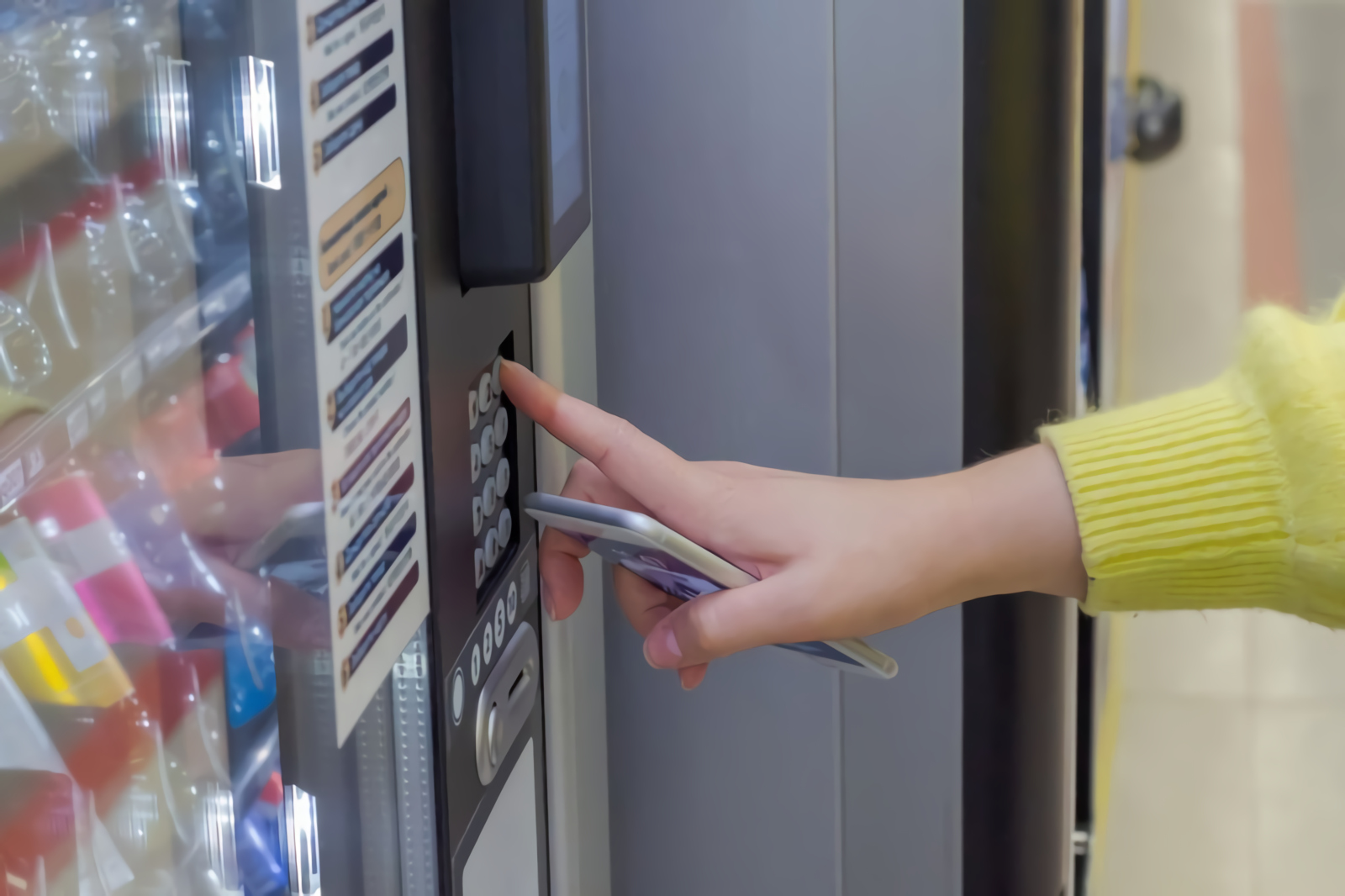Consumer goods have seen a massive shift since the onslaught of digital, but it has fast become clear that the industry’s capacity for innovation knows no bounds. Software solutions for consumer goods have become far more sophisticated and sleek, and have allowed consumer goods to continually create meaningful consumer engagement in a landscape that is crowded with noise.
The digital trend has also extended to more niche areas of consumer goods such as vending machines. Not only are vending machines evolving in a way to allow more engagement with consumers, but they are leveraging cutting-edge technologies to bolster their capabilities to boost sales. This investment is already seeing real, tangible returns so it is clear to see why the consumer goods industry is continually moving towards embracing new technologies.
For example, in a previous post, we highlighted the role of artificial intelligence in vending machines. Using a case study of Coca-Cola, we discussed how companies are using machine learning in the vending experience to make it more personalized and efficient. Using a cloud-connected machine packed with AI software, it features tools such as chatbots as well as scheduled pick-ups. Vending machines can be a source of engagement if the right technology is used, but it is crucial to make that investment early on.
And now, with the onset of blockchain and cryptocurrencies, the future of vending is seeing serious shifts. For example, beverage company Anheuser-Busch InBev just announced their intention to construct the “the first-ever blockchain-powered vending machine.” The vending machine will dispense beer, but only after proof of age – which can be verified through an app download. Once the app verifies age, consumers need only transfer some bitcoin to purchase and receive their beer.
So What Is The Future Of Vending Anyway?
But it is not just one-off company vending machines that are dominating this trend. Firstly, there is clear need for understanding user preferences, and rather than letting that data stagnate, using it to create targeted solutions. For example, having this form of technology would allow for recommending products based on purchase history, or displaying relevant ads. Understanding how consumers are engaging with the brand cannot be a one-off event – there needs to be constant attention to strategy, and retooling as needed based on past trends and projected forecasts.
Secondly, increased user connectivity must be part of the strategy, throughout the consumer journey. For example, next gen vending machines are based on allowing users to log in via social media, or even biometrics such as fingerprints or iris scans. While perhaps the latter might not be as much of an option, what are ways that you can provide a seamless customer journey? And if you are losing out on consumers at certain parts of the retail process – why? Artificial intelligence and its subsets such as machine learning can be integral tools to help refine the journey and ensure complete seamlessness throughout.


Is This Really The Future?
The short answer? Yes.
The Berg Insight report forecasts that the number of connected machines will grow by 18.7% by the end of 2020. That means that the number of connected machines will reach to a staggering 3.6 million by the end of 2020. Clearly, the market is shifting, and companies that adopt the right technology early are the ones that are seeing better returns.
Connected machines are no longer just those that offer simple cashless solutions. There is an increased pressure on consumer goods to ramp up and scale offerings to appease consumer growth, but much of that pressure can be mitigated by adopting technologies that work for their business needs. The future is in personalization and automation, so what technologies can you use to offer this?
Artificial Intelligence and Consumer Goods
To get more specific within the consumer goods industry, it is important to understand where artificial intelligence is being leveraged in the overall process. Some are choosing to automate stores, while other companies are focused on using it for activities to grow consumer engagement. Artificial intelligence can also be used to understand overall buyer behavior, and segment based on demographics and preferences.
Ultimately, it is a tool and a very powerful one at that. Whether it is in vending or in other areas of the consumer experience, it can help create a more refined and granular perspective on buyers and your own process. For example, these cloud-connected vending machines are leveraging their technology to build more detailed pictures of audiences and capturing valuable data in the process. This data is not only used to refine the point-of-sale experience, but it also gives retail consumer goods a chance to edge out the competition and understand their product market in a much more defined way
Armed with a better understanding of consumer behavior, retailers are leveraging AI technology to drive customer engagement using technologies such a conversational commerce, image-based search analytics and mobile app integration.
That statement alone should demonstrate how valuable technology is going to be in the long run, and why it is so crucial to invest early on. Machine learning and artificial intelligence improve more the longer they are used, and it is one of the few upward investments to make. Even if that does not seem like a feasible option right now, there are other options available that might make more sense. Think about your consumer goods strategy, and how you can bring these elements together in a software solution that can drive real success for your business, rather than letting your technology stagnate.
We will see unified technology between machines and humans, where both parties have their own operational technology which works together to exchange shared documents and data automatically. Ivy Mobility has created first of its kind AI Powered Route to Market solutions specifically designed for Rural Sales and Distribution, Route Sales, Vending Machine Sales, and Clientelling.
How digital are your sales channels? To see how you compare in the industry, you can contact us for details and see a live demo of our AI sales assistant.